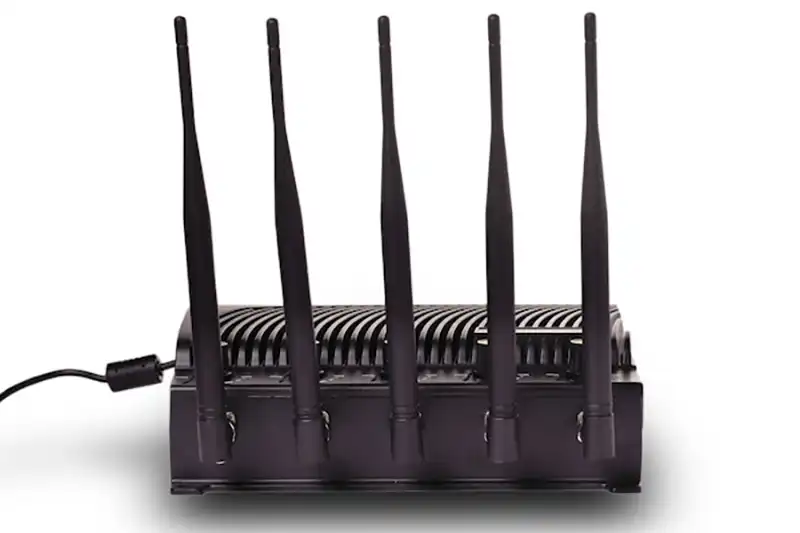Configuring a firewall is one of the most crucial steps in securing your network. With MikroTik’s RouterOS, network administrators have a powerful tool at their disposal to control incoming and outgoing traffic, protect against unwanted access, and ensure secure network communication. But how to configure a firewall in MikroTik? In this article, we will break down the steps, tips, and best practices for configuring an effective firewall using MikroTik.
Understanding the Basics of Firewall Configuration in MikroTik
Before we dive into the technical steps, it’s important to understand what a firewall does. A firewall controls the flow of network traffic based on predefined security rules. In MikroTik, a firewall is a part of the RouterOS package that allows you to define rules to permit, deny, or log traffic.
When knowing how to configure a firewall in MikroTik, you’ll primarily be dealing with Filter Rules, NAT Rules, and Mangle Rules. How to configure a firewall in MikroTik? It’s all about setting these rules to block or allow specific types of traffic based on IP addresses, ports, protocols, and other criteria.
Setting Up Basic Firewall Rules in MikroTik
The first step in knowing how to configure a firewall in MikroTik is setting up basic filter rules. These rules define how traffic is handled on the router. Filter rules are evaluated from top to bottom, so order matters. To set up basic firewall rules, follow these steps:
Step 1: Access the MikroTik Router
To get started, log in to your MikroTik router via Winbox or WebFig.
Step 2: Navigate to the Firewall Section
Once logged in, go to IP > Firewall. In this window, you’ll see various tabs such as Filter Rules, NAT, Mangle, and Address Lists.
Step 3: Create a New Filter Rule
Under the Filter Rules tab, click the + icon to add a new rule. Choose the chain (input, output, or forward) depending on where you want the rule to apply. For example:
- Input Chain handles traffic directed at the router itself.
- Output Chain manages traffic leaving the router.
- Forward Chain applies to traffic passing through the router from one network interface to another.
Step 4: Define the Rule
Next, define the specifics of the rule. You can specify:
- The source and destination IP addresses.
- The protocol (TCP, UDP, ICMP, etc.).
- The port numbers.
- Whether to allow, reject, or drop the traffic.
For example, if you want to block all incoming traffic on port 23 (Telnet), you’d define the source as “any,” the destination as your router’s IP, and the port as 23.
Step 5: Apply and Save
Once your rules are set up, click OK to save them. The firewall will start enforcing these rules immediately.
Advanced Firewall Configuration: Using NAT and Mangle Rules
While basic filter rules are essential, there are situations where you’ll need to go beyond basic filtering. How to configure a firewall in MikroTik to handle more advanced needs? You’ll use NAT (Network Address Translation) and Mangle Rules for additional customization.
NAT Rules:
NAT rules are used to change the source or destination address of network packets. Common use cases include:
- Port forwarding: Redirecting specific incoming traffic to a particular internal IP.
- Masquerading: Changing the source address of outgoing packets to the router’s public IP.
To create a NAT rule:
- Go to the NAT tab in the Firewall settings.
- Click + to add a new rule.
- Choose the Chain (usually “srcnat” for outgoing traffic).
- Define the action (e.g., Masquerade for internet sharing or Dst-Nat for port forwarding).

Mangle Rules:
Mangle rules are used for advanced packet marking, which is helpful for tasks like traffic shaping, quality of service (QoS), or routing decisions.
To create a mangle rule:
- Go to the Mangle
- Click + to add a rule.
- Define the packet mark and set conditions such as protocol, source/destination IP, etc.
Using Address Lists for Better Firewall Management
One of the best practices for organizing your firewall configuration is using Address Lists in MikroTik. By grouping IP addresses into lists, you can make rule management easier and more flexible.
For example, instead of manually specifying IP ranges in every firewall rule, you can create an address list and use that list in your firewall rules.
How to create an address list:
- Go to IP > Firewall > Address Lists.
- Click the + to add a new address list.
- Define a name for the list and add the IP addresses or ranges.
Once you have an address list, you can reference it in your firewall rules, which simplifies rule creation and modification.
Testing and Troubleshooting Firewall Rules
After you’ve set up your firewall, it’s important to test it thoroughly to ensure it’s working as expected. Some tips for testing include:
- Ping Test: Use a ping command to check if specific ports are open or closed.
- Firewall Logs: Enable logging for specific firewall rules to see if traffic is being allowed or blocked.
- Traceroute: This helps you see the path your packets take to ensure they aren’t being blocked by your firewall.
If something isn’t working, double-check the order of your firewall rules and ensure the correct chain (input, output, forward) is selected. Often, small mistakes in rule order can prevent traffic from flowing as intended.
FAQ Section:
Q1: What is the difference between the input, output, and forward chains in MikroTik’s firewall?
- Input Chain: Controls traffic destined for the router itself.
- Output Chain: Controls traffic leaving the router.
- Forward Chain: Handles traffic passing through the router between two networks.
Q2: How can I block a specific IP address in MikroTik?
To block an IP address, create a new rule under the Filter Rules tab. Set the action to drop, and in the Src. Address or Dst. Address field, enter the IP you want to block.
Q3: What’s the best way to prevent DDoS attacks using MikroTik’s firewall?
To prevent DDoS attacks, configure rate limiting, drop invalid packets, and block known attack IPs by using Mangle Rules for packet marking and limiting.
Q4: Can I configure port forwarding with MikroTik?
Yes, port forwarding can be done using NAT rules. Create a dstnat rule and define the port to forward traffic to a specific internal IP.
Q5: What should I do if my firewall rules are not working as expected?
Check the rule order in your firewall settings, as MikroTik processes rules top to bottom. Also, ensure that your firewall is applied to the correct interface and that there are no conflicting rules.
In conclusion, how to configure a firewall in MikroTik is a crucial process for ensuring the security and functionality of your network. By following the steps outlined above and understanding key concepts like filter rules, NAT, and mangle rules, you can build a strong, effective firewall to protect your network. For more detailed guides and advanced configurations, visit Wizland.



